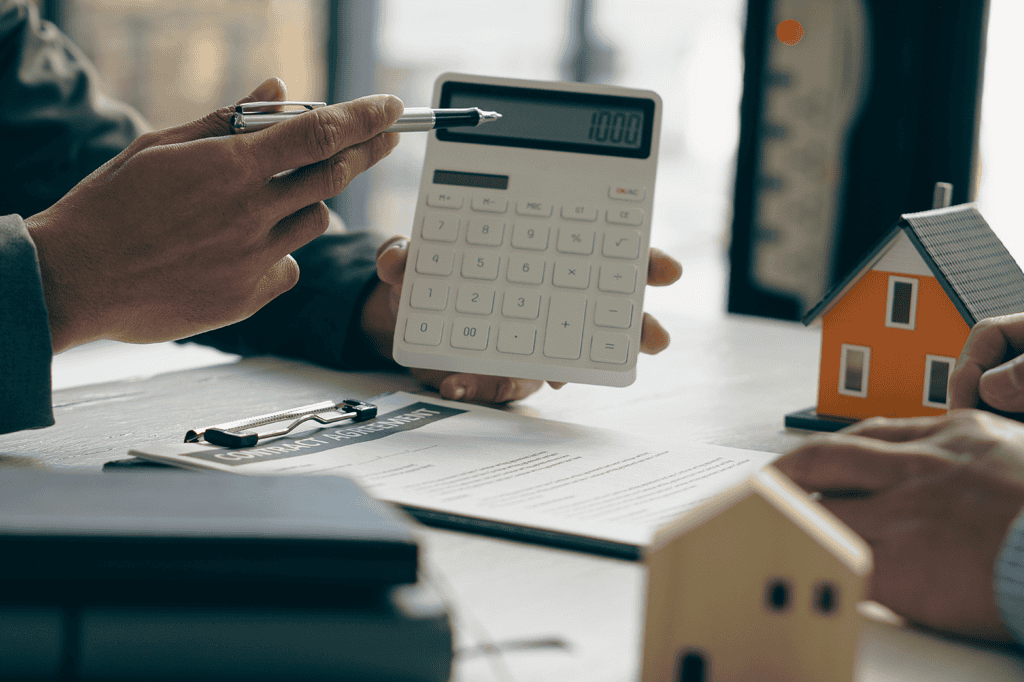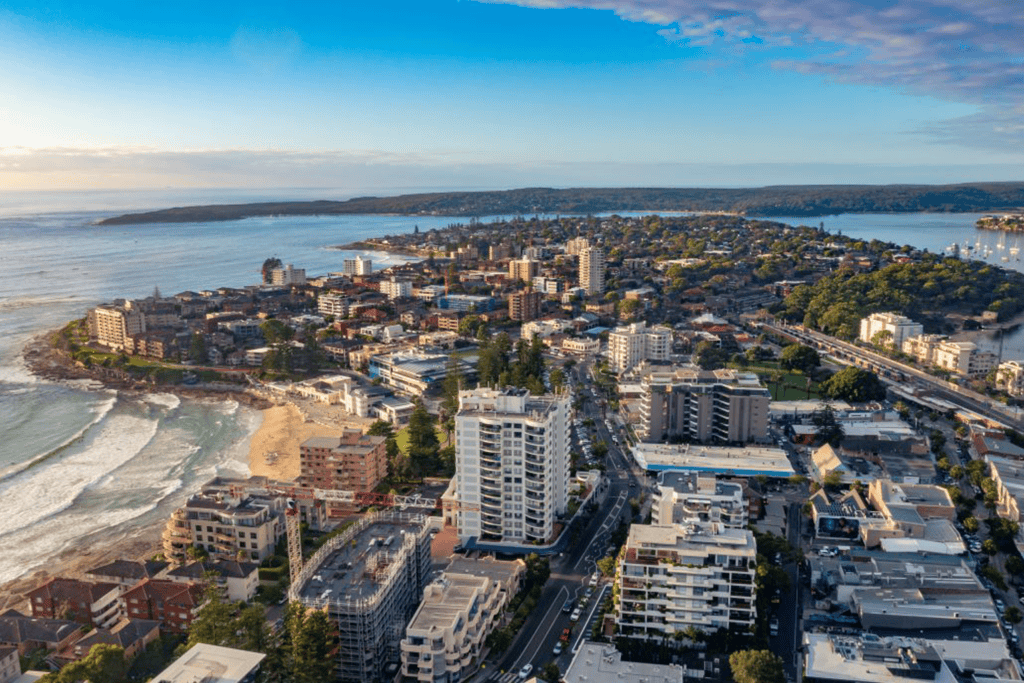Real estate prices are easing and that’s causing some concern…
“If enough people think the same way, that becomes a self-fulfilling prophecy,” is an axiom attributed to the shadowy BitCoin founder known as Satoshi Nakamoto.
In stockbroking and beyond it’s called the ‘herd mentality’, but does it also apply to the property market?
Perhaps.
International economists keep warning that the Australian housing market is a bubble in danger of exploding. Prices have been forced up, fed by investors, while interest rates have stayed at historic lows.
The problem is, higher prices suck money out of other parts of the economy because homebuyers need to use more of their resources to service bigger debts. This is particularly the case when wages are relatively static.
Market vulnerable
A CoreLogic-TEG Rewards Consumer Housing Market Sentiment Survey, released in mid-April, shows that two-thirds of Australians now think the housing market is vulnerable to a sustained downturn.
Just days later, The Sydney Morning Herald revealed that the average Sydney property price had dipped below $1 million, marking the second consecutive quarterly drop for the first time in five years.
The price fall is backed by the average home loan dropping in size by 10.15%, or $45,500, across NSW in the first quarter of 2016, according to a Finder.com.au analysis of Australian Bureau of Statistics data.
NSW leads the way
The NSW drop, the largest on record, pulled the national average home loan down $29,100 to an average $357,300 – a 7.71% decline from the previous quarter. This national decline was the largest since 2000. In contrast, house prices in Sydney are still up 6.9 per cent year on year, even though they declined in the December quarter by a record 3 per cent.
“There’s no longer any doubt price growth has fallen in most areas and the cycle is now into a deflationary period,” says Domain Group senior economist Andrew Wilson.
Housing market sentiment and state comparisons

Source: CoreLogic–TEG Rewards
Buying nerves
Nevertheless, the Market Sentiment Survey result indicates that a significant number of people are wary of substantial value falls across the nation’s largest and most important asset class, which according to CoreLogic RP Data is now worth an estimated $6.5 trillion.
Home values are already trending lower in Perth and Darwin, with both cities recording a fall of 4.6 per cent from their peaks.
The survey also shows fewer people are now thinking it’s a good time to buy; 61% indicated they would consider buying a home, down from 71% a year ago.
Perceptions around buying conditions worsened across most regions over the past 12 months, although Tasmanian and Sydney buyers were the most pessimistic. Only 40% and 50% of respondents in these respective cities currently feel it is a good time to buy.
Compare this to a year ago, when 66% of all Sydney-based respondents were expecting values to rise over the following six months.
Median dwelling prices, capital city comparison

Canary in the coal mine
The multimillion-dollar question is: Is Sydney the canary in the coal mine, or is this just part of a natural decline brought on by lending restrictions the banks have imposed on property investment? Time will tell.
It will also be interesting to see how much influence the herd mentality actually has on the market.
One thing is for sure: international economists, who have been looking at the madness of the Australian market and predicting doom for some years, will be starting to feel vindicated.
But as Lord Adair Turner, former chairman of Britain’s Financial Services Authority, says in his book Between Debt and the Devil, as long as the banks are infinitely willing to lend for housing and there is a limited supply of desirable land, there’s only one way for house prices to go over time.




